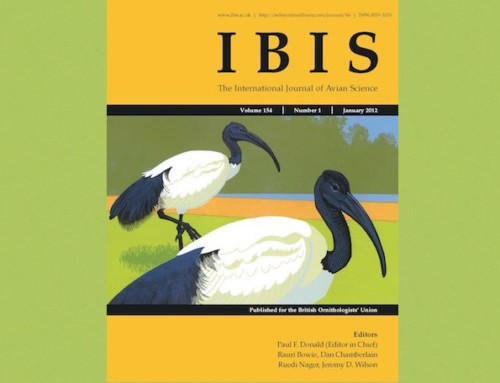Its Peer Review Week (11-17 Sept 17) so here is a write up of a recent workshop we ran for early-career researchers.
Peer review is one of the core activities of science. Exposing one’s thoughts to the scrutiny of colleagues is an essential process in improving and refining them: is there an error in logic, have you missed some element, or key piece of previous work; is there an alternative explanation; or, a new connection that could be made?
At its best, peer review should inspire us to improve our results, and their presentation, for the benefit of all. These days there are so many published papers, it is hard to keep up with them all, even within a relatively narrow fields of study. So papers need to be clear, concise and relevant if they are to be read and make an impact. Peer review should facilitate all of these things.
Given the importance of the peer review process in science, it is a long-standing conundrum that it features relatively little in taught curricula. We are, presumably, supposed to pick it up as we go along. Perhaps because of this, doing one’s first review (or even second or third) can seem a daunting proposition. Thankfully, there are, increasingly, resources out there on the interweb to help, for example, some of the larger publisher’s sites (e.g. Elsevier [https://www.elsevier.com/reviewers/how-to-conduct-a-review] and Wiley [https://authorservices.wiley.com/Reviewers/journal-reviewers/index.html]) now include some general guidance on what is expected.
In brief, be:
- honest – if there are areas you feel can’t cover say so, but equally remember, you’ve been asked because the editor thinks you will have a valuable viewpoint.
- prompt – we’re all busy, but undue delays help no-one; if you don’t have time, say so.
- appropriate – we can all think of cool extra things that could be done, ask yourself are they necessary to support/understand the results as presented?
- positive– highlight the good points, suggest how to make the bad points better.
The attached pdf provides some pointers and links to other resources that cover these points in more detail. It is also usually OK to ask your colleagues/supervisor/mentors for advice on specific points, but do check with the editor first if you want others to read the paper – doing a joint review with someone else can be stimulating, especially if you haven’t done many before.
One of the commonest questions about the peer review process is: should I sign my review? There are arguments both to sign (openness usually promotes better discourse and allows people to recognise your efforts) and not to sign (anonymity might promote a more independent assessment). At the end of the day, the choice is up to you, but, as the world of science becomes more open, it is harder to justify not doing so. Either way, when writing your review, set aside enough time to read the paper properly, and imagine you are chatting to a colleague down the corridor. I often read it quickly through, then leave it for a couple of days then read it again in more detail, with some idea of the points the author is making. Polite, constructive and thoughtful reviews are the bedrock of science – think about the review you would like to receive.
Finally, a review is just that, it’s your thoughts on the manuscript to hand. It’s not a test, and there is no “right” answer; don’t be worried that you will miss something, or say the wrong thing. As long as you are courteous and constructive, people will most likely value your thoughts and appreciate the effort you have made. Doing a review is a great way to expand your horizons a bit and to contribute to the general progress of science, but it should also be fun and interesting. Good luck!
Blog with #theBOUblog
If you want to write about your research in #theBOUblog, then please see here.




